Category: Regenerative Agriculture
Categories
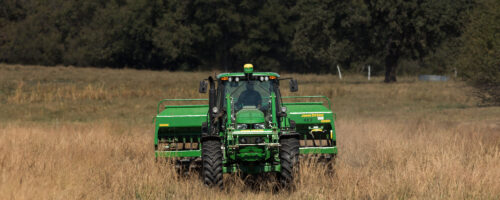
Tips for Overseeding and Improving Pastures in The Fall
Estimated reading time: 5 minutes
There are several reasons to overseed pastures in the fall, and several ways to do it. Jim Johnson of Nob...
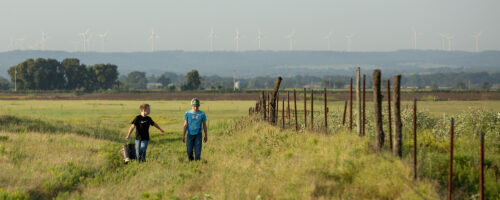
Values That Keep Farm Kids Safe
Estimated reading time: 4 minutes
Making safety part of your everyday life conversations with your children can help them stay safe on your...
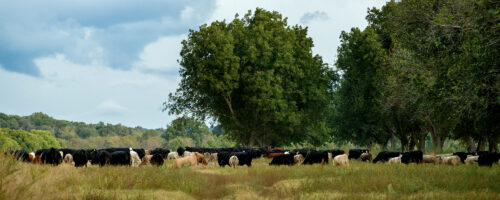
Getting Started With Silvopasture Using Soil Health Principles
Estimated reading time: 6 minutes
Integrating trees such as a pecan orchard with your grazing system adds biomass to soil, shade for livest...
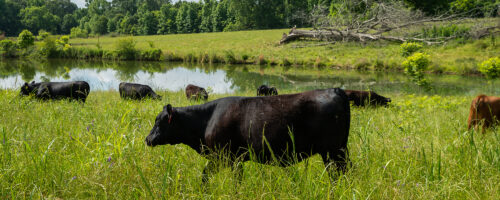
Consider Water Impoundments and Streams When Grazing Livestock
Estimated reading time: 5 minutes
Proper grazing planning and management can use animal impact to help, not hurt, important water-based eco...
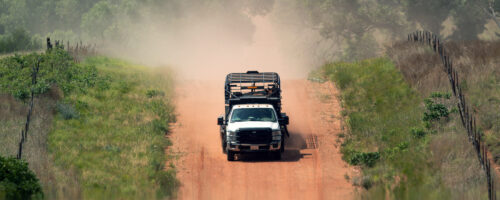
3 Tips for Marketing Regeneratively Raised Cattle and Beef
Estimated reading time: 6 minutes
Learn more about capturing maximum value for the cattle you raise regeneratively.
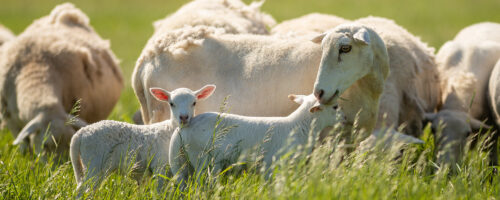
5 Questions to Answer Before Doubling Your Small-Ruminant Breeding Seasons
Estimated reading time: 6 minutes
Ranchers with both sheep and goats can market four combined lamb-and-kid crops annually – with proper p...
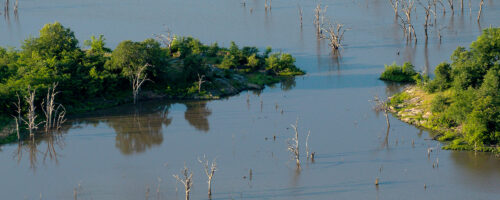
Regenerative Ranching Runs Downstream
Estimated reading time: 8 minutes
Land management decisions have consequences – both good and bad – for your ranch’s watershed and th...
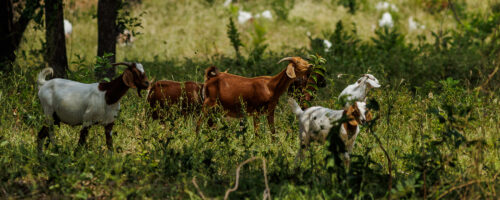
What Goats Really Eat, With Grazing Menu Tips to Benefit Your Ranch
Estimated reading time: 7 minutes
It may not be literally everything, but the pesky brush species goats do eat make them a powerful land ma...
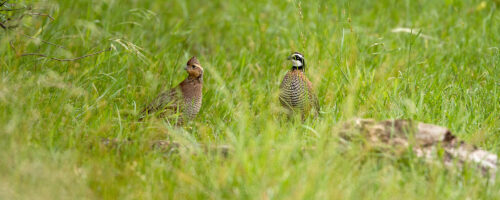
Managing for Upland Game Birds on Your Regenerative Ranch
Estimated reading time: 6 minutes
Providing a welcoming habitat for quail and other upland game birds can benefit soil health and your bott...
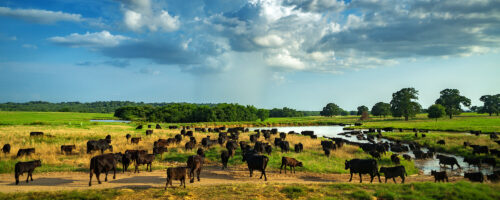
10 Ways to Make Cow Herds More Profitable
Estimated reading time: 9 minutes
Noble Research Institute livestock consultant Robert Wells offers best management practices that can help...
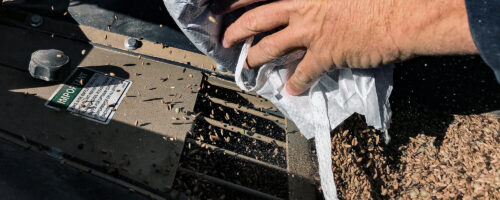
3 Steps To Using Cool-Season Cover Crops On Your Ranch
Estimated reading time: 7 minutes
Planting cool-season cover crops that match your ranch’s management goals and environmental conditions...
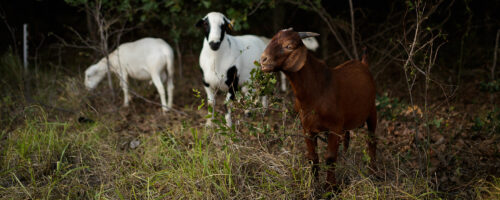
How To Switch To Regenerative Management Without Big Upfront Costs, Tough Trade-offs
Estimated reading time: 6 minutes
Start small, and start with what you have, Noble leaders say.
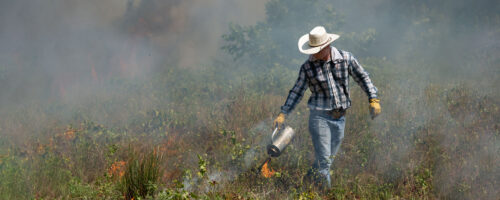
How Summer Prescribed Burns Can Be A Safe And Efficient Way To Regenerate Grazing Lands
Estimated reading time: 6 minutes
Learn how prescribed burns during the growing season can help restart nature’s clock by improving forag...
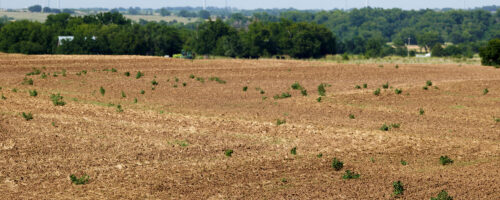
What To Do If Your Forage Production Is Less Than Halfway There By End Of June
Estimated reading time: 6 minutes
By the end of June in most years, more than half of the forage needed for the year has been produced in t...
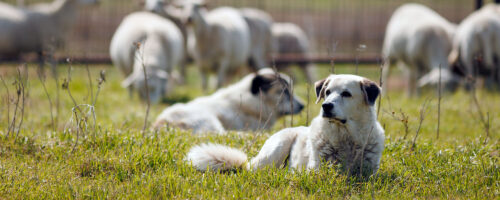
How To Select And Train Good Guardian Dogs For Your Ranch
Estimated reading time: 9 minutes
Livestock guardian dogs play a valuable role in protecting small ruminants while they graze. Here are sel...
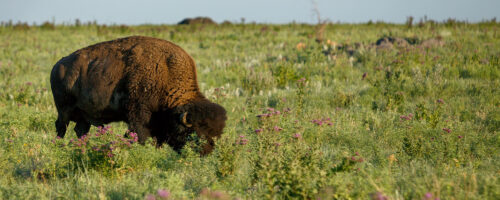
A Restoration Tale: Ruminants Small and Large Help Regenerate Depleted Prairie
Estimated reading time: 6 minutes
See how a researcher and his family restored soil health, native grasses and diverse forages to abused an...